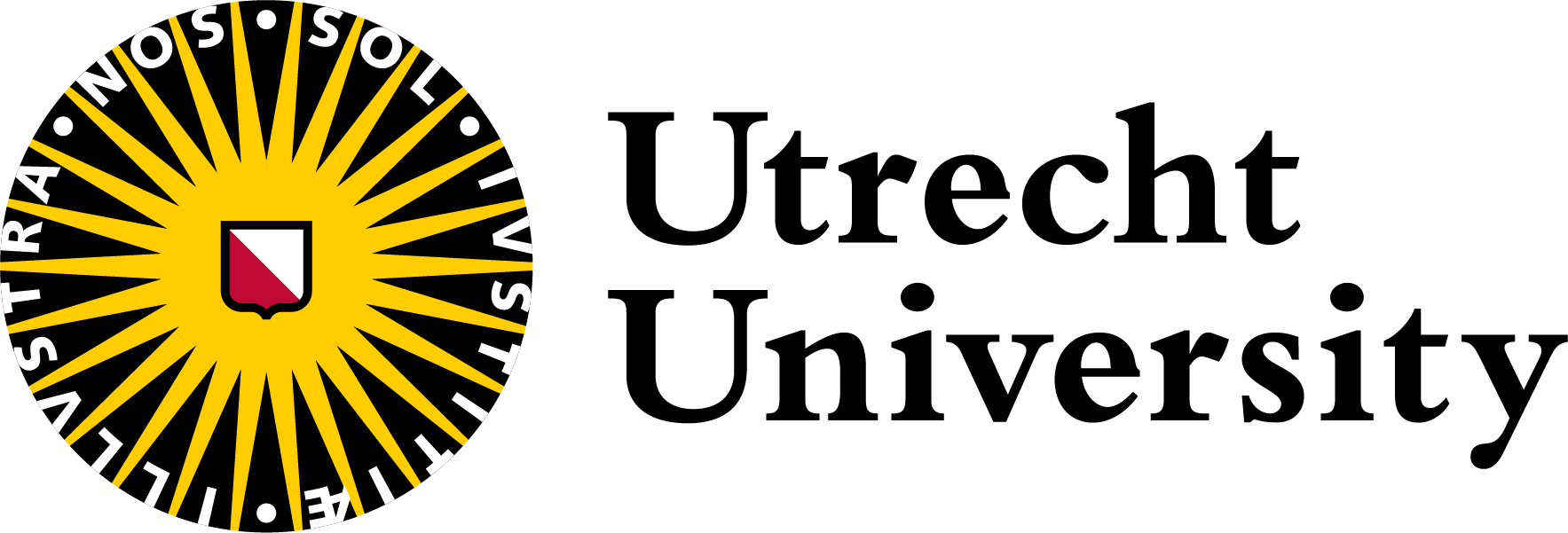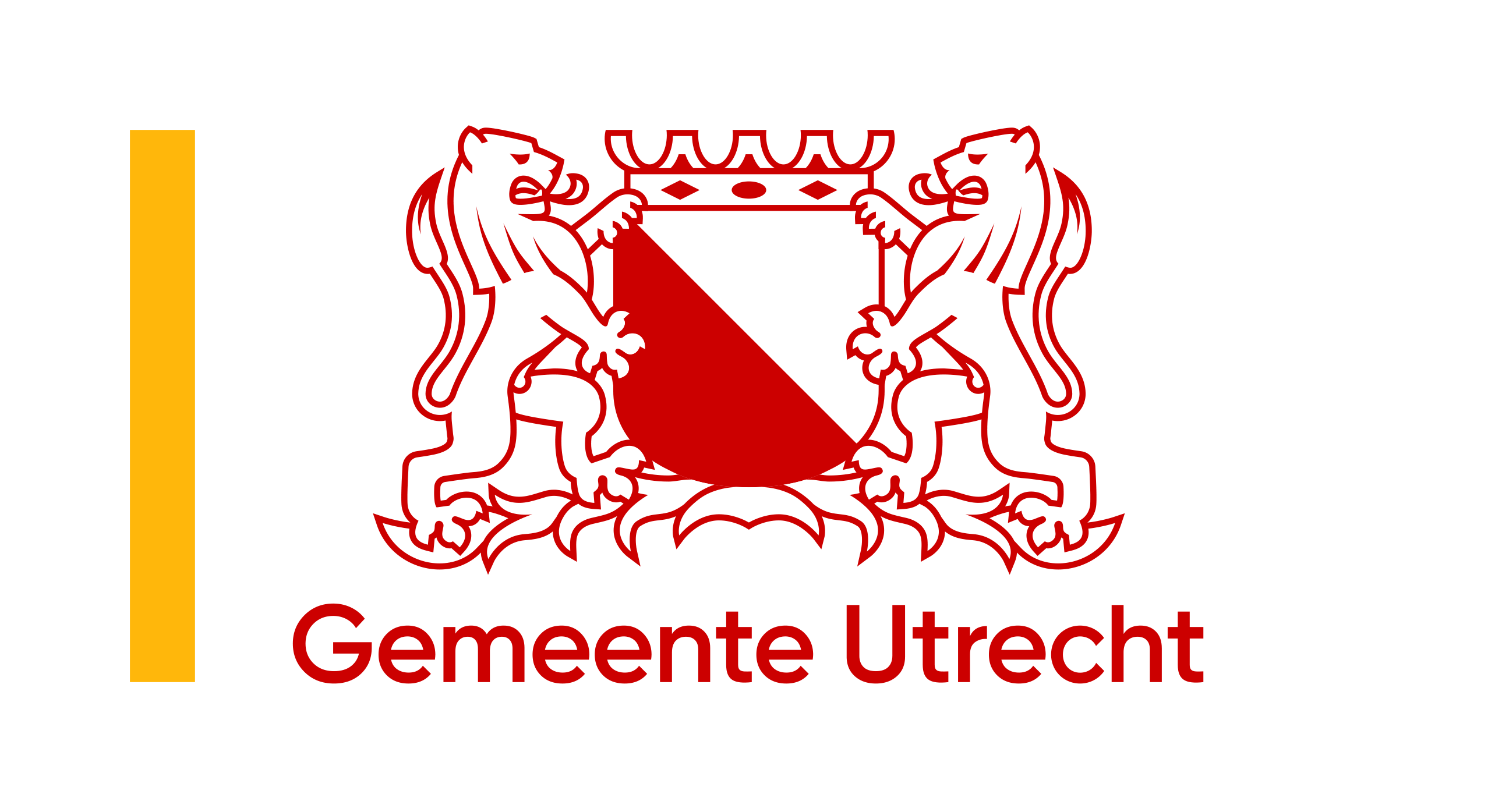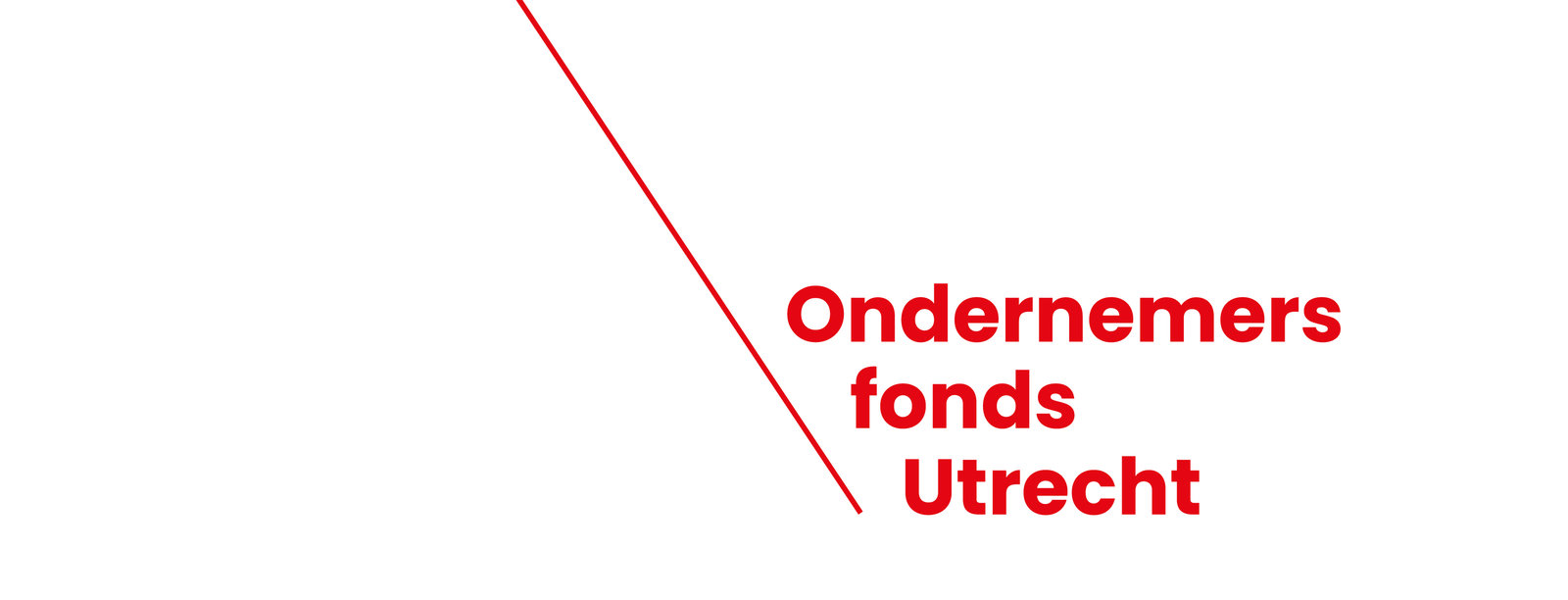UMC Utrecht started new pilot breast cancer screening study
Can we detect breast cancer earlier in women with very dense breast tissue if they also receive a contrast mammography (CEM) or abbreviated MRI scan in population screening? UMC Utrecht will lead a large pilot population study focusing on that question.
The Health Council yesterday advised the Ministry of Health, Welfare and Sport to grant UMC Utrecht a license to begin this new pilot population study (DENSE-2) as soon as possible.
Very dense breast tissue
Every two to three years, Dutch women between 50 and 75 years old receive a call for the population screening for breast cancer. They then receive a mammogram to detect breast cancer early. In about 8 percent of these women, a mammogram is not sufficient because they have so-called dense breasts. That means most of their breasts are made up of mammary glands and connective tissue and they have less fatty tissue in their breasts. As a result, tumors are less visible on a mammogram. This is a big problem because women with very dense breast tissue are more likely to get breast cancer than those with a lot of fatty tissue in their breasts.
DENSE-1: additional MRI scan
One solution could be to offer this group of women an additional MRI scan or contrast mammography at the breast cancer population screening when they are diagnosed with very dense breast tissue.
The pros and cons of an additional, extended MRI scan were previously examined by UMC Utrecht during the extensive DENSE study. In this study, some 5,000 women with very dense breast tissue were followed during population screening between 2011 and 2016. An additional MRI scan was also performed on them. The outcomes of this group were compared with those of the regular population-based breast cancer screening, in which only a mammogram was performed on women. DENSE's conclusions: women with dense breasts were indeed more often and more quickly detected cancer if they also received an MRI scan. Tumors were also found at an earlier stage, making them more treatable. Furthermore, the use of MRI was also found to be cost-effective.
What is contrast mammography?
If tens of thousands of women are to receive an MRI in a hospital every year, it will require additional equipment and staff. This could create capacity problems.
The Health Council therefore recommended that the Ministry of Health, Welfare and Sport first explore another alternative to MRI, contrast mammography (CEM). In contrast mammography, an iodinated contrast medium is injected before the mammogram is taken. As with MRI, tumors absorb the contrast agent faster, making them more visible than on a normal mammogram. A CEM is also shorter and is cheaper than a regular MRI scan.
DENSE-2: contrast mammography or accelerated MRI?
UMC Utrecht will now also coordinate this second pilot population study, DENSE-2. 15 hospitals throughout the Netherlands are working together with Bevolkingsonderzoek Nederland and Borstkankervereniging Nederland for this.
In DENSE-2, researchers are not only looking at the possibilities of contrast mammography but also those of an accelerated MRI scan. A normal MRI takes about 20 to 30 minutes to make, while the accelerated version takes only five to six minutes.
Carla van Gils is professor of clinical epidemiology of cancer at UMC Utrecht. She was in charge of the first DENSE study and will now also coordinate the new pilot population study. "With this study, we now hope to really change something for the screening of women with very dense breast tissue. Because population-based breast screening is important to detect breast cancer as early as possible, but so it doesn't work as well in this group," Carla said. "In DENSE-1, we showed that MRI works for women with dense breasts, but MRI was not considered future-proof due to cost and required capacity. Contrast mammography and accelerated MRI should change this."
More personalized population screening
After their mammogram reveals very dense breast tissue, 6,000 women with dense breasts at DENSE-2 will be called for additional screening with a CEM. Another 6,000 women with very dense breast tissue will receive a call for an additional accelerated MRI scan. Their results will be compared with those of women following the regular population screening: only a mammogram and no additional screening.
Wouter Veldhuis is a radiologist and associate professor at UMC Utrecht. He is the coordinating radiologist of DENSE-2. "CEM and accelerated MRI are two fantastic techniques that are both much faster and cheaper than the plain MRI studied in DENSE-1," Wouter says. "My quiet hope is that we are going to show from both techniques that they are nevertheless just as good at finding tumors. We can then use both and thus offer better and more personalized population screening."
The study will take a total of seven years to complete. Through this approach, the researchers hope to draw a clear conclusion about how good each of the two options is for early detection of breast cancer in women with very dense breast tissue.
Depending on how quickly the ministry grants the license, the researchers hope to start the pilot population study in the fall.
Read here the Health Council's opinion on additional breast cancer screening in very dense breast tissue.
Source: UMC Utrecht








